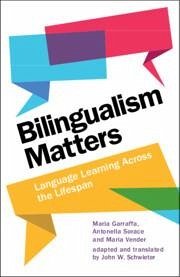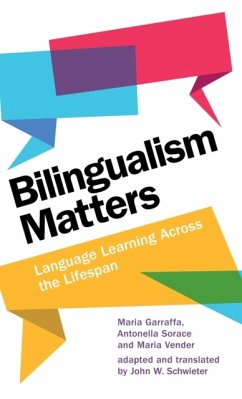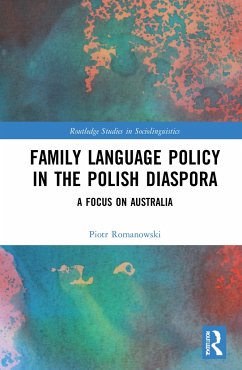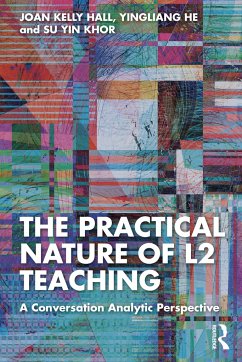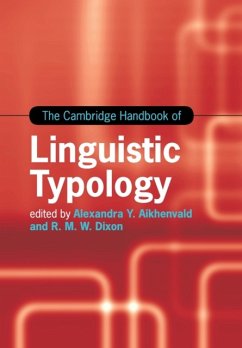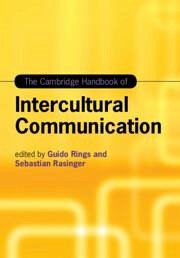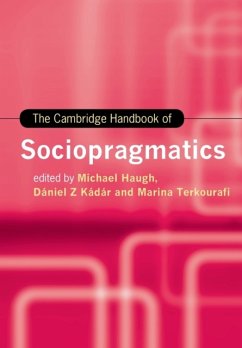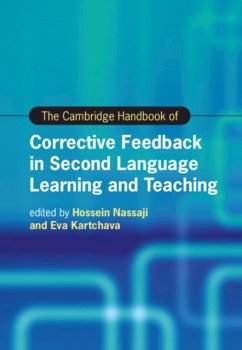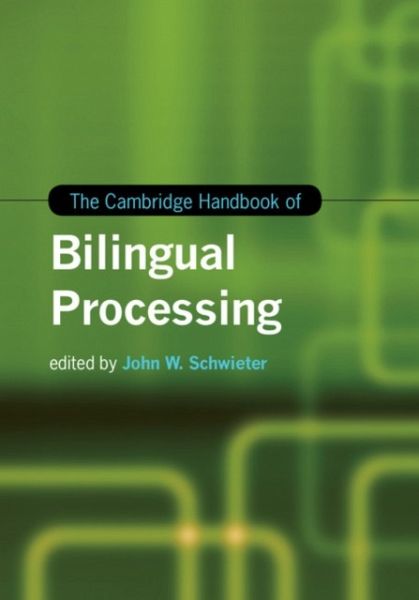
The Cambridge Handbook of Bilingual Processing
Versandkostenfrei!
Versandfertig in über 4 Wochen
182,99 €
inkl. MwSt.
Weitere Ausgaben:

PAYBACK Punkte
91 °P sammeln!
Bringing together some of the world's leading experts in bilingualism, cognitive psychology and language acquisition, The Cambridge Handbook of Bilingual Processing presents a clear overview of current theories and findings in bilingual processing.




